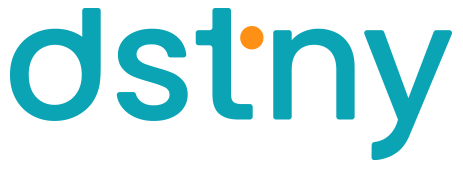Carrier Automate
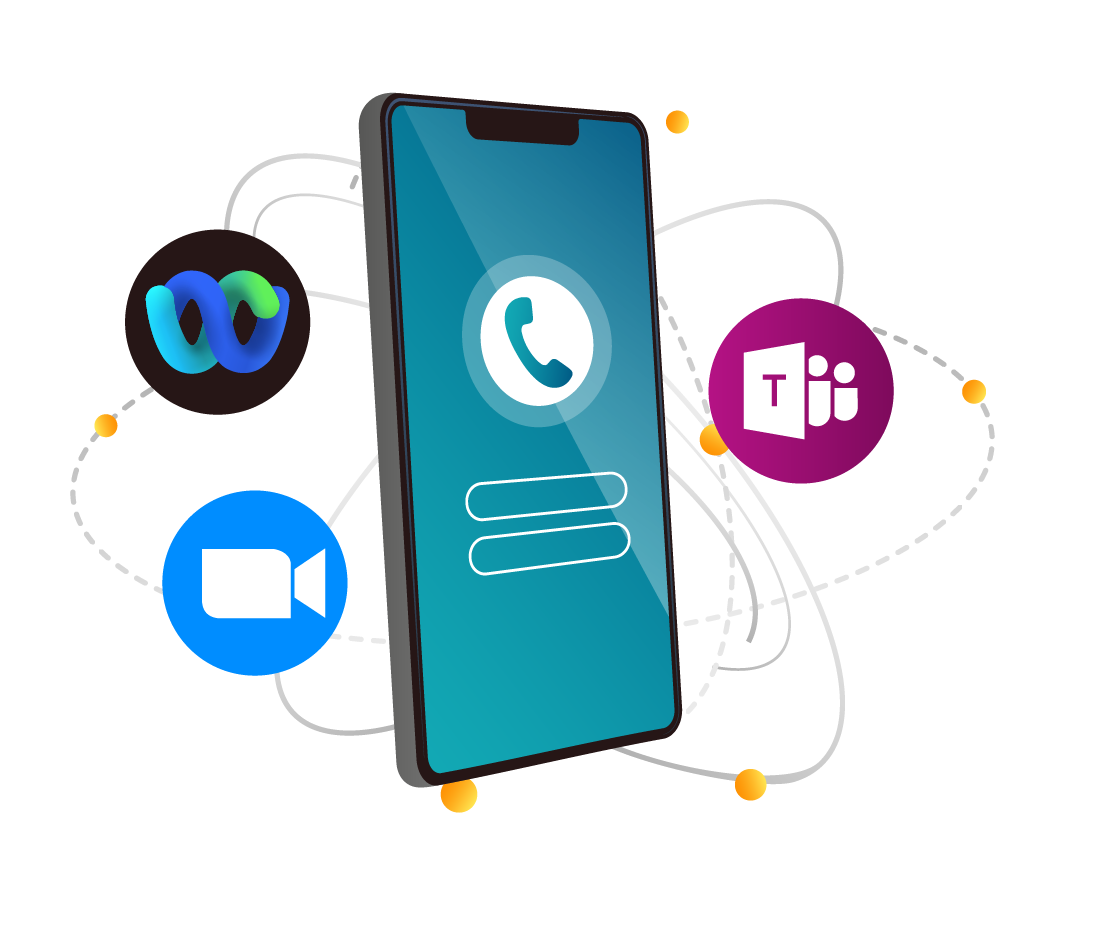
Your single choice for PSTN enablement of cloud communications

The communications landscape is evolving
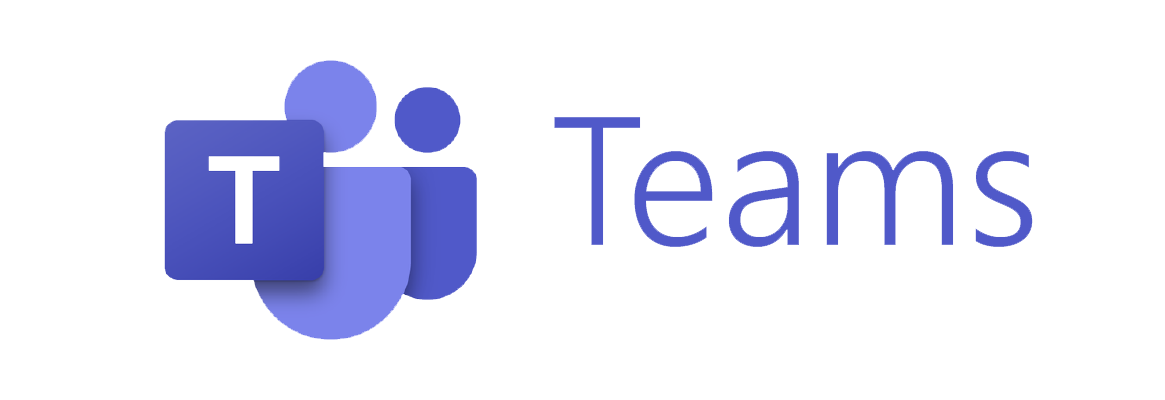
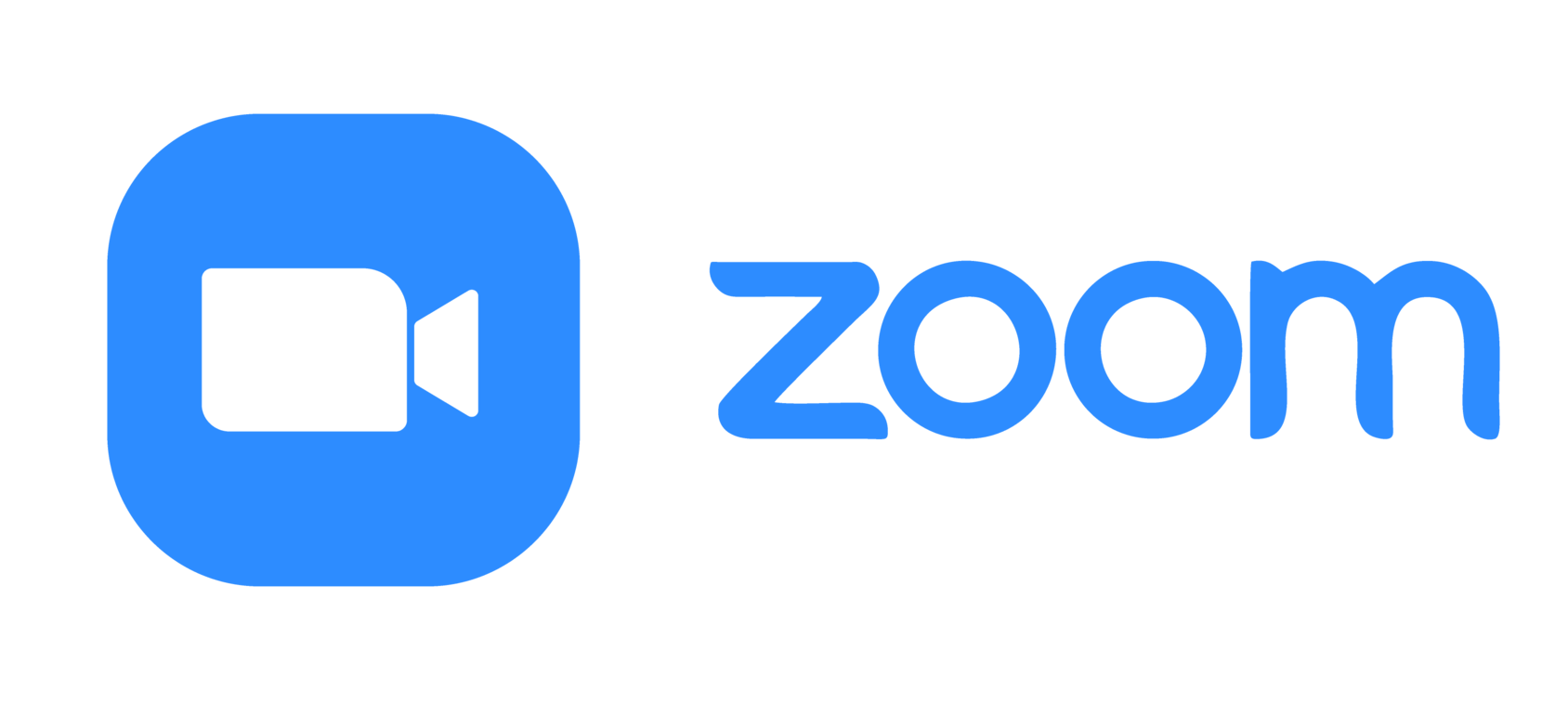
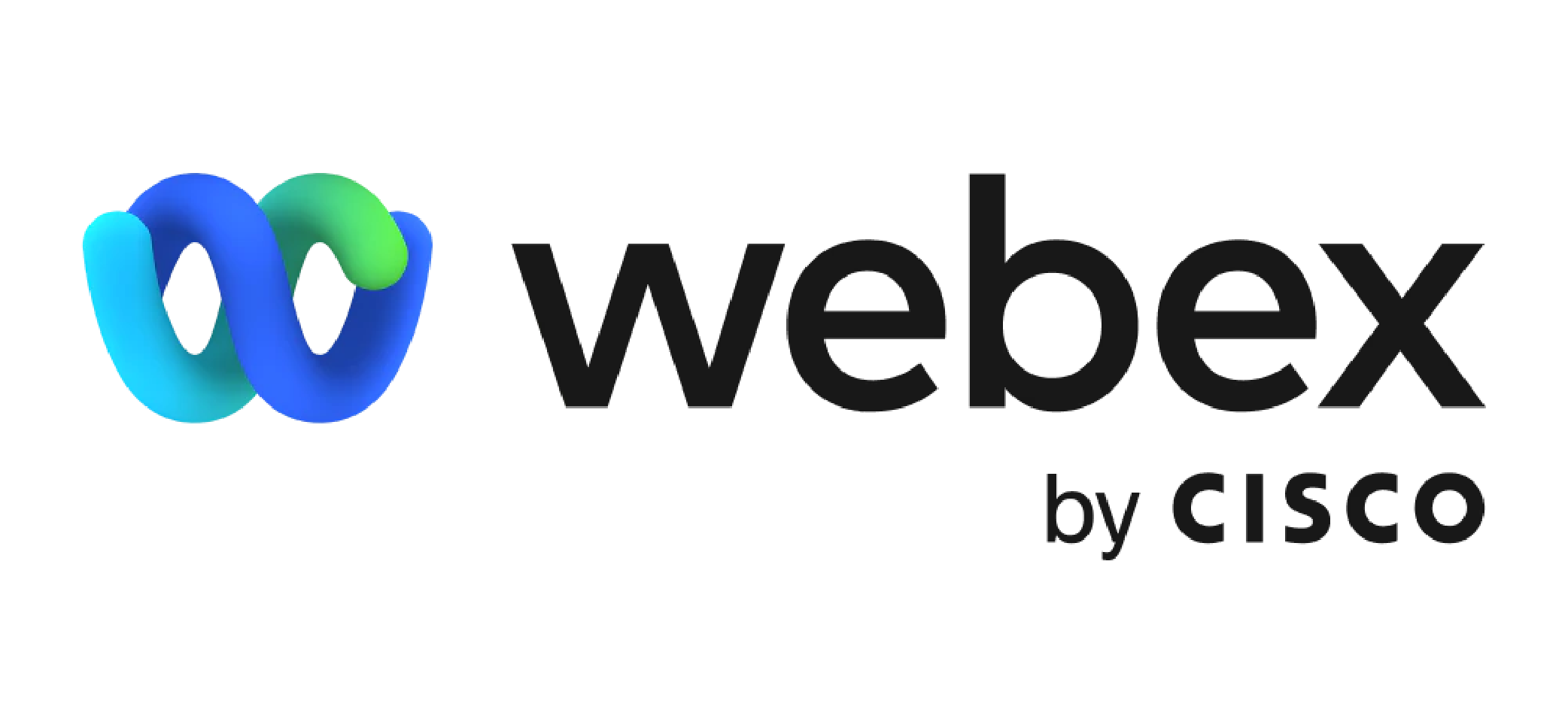
PSTN enablement is the next natural step and creates a tremendous opportunity for service providers
Harness the full potential of PSTN enablement across multiple Cloud Communications platforms now
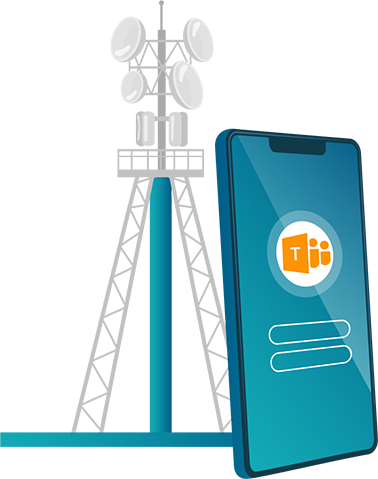
Your number one enablement partner
Accelerate your Go-to-Market with Carrier Automate
Self-build
9-18 months of development. Incurring significant cost, diversion of development resources and potential for missed revenue and loss of competitive advantage.
Carrier Automate
6-8 weeks of fast-track onboarding. Quick and simple deployment, accelerated go-to-market and the creation of strategic competitive advantage, all at a fraction of the cost of ‘self-build’
Our simple approach to get you moving quickly
Connect
Launch
Scale

Connect
We are experts. Regardless of your choice of cloud communications provider, we have the knowhow and experience that brings you up to speed on what you need to know and do; commercially, product wise and technically. You will get a clear, thorough and uncomplicated onboarding, ensuring you get to focus on what is important – sales enablement and G2M readiness.
With FMC, a user has a single work number, that’s connected through business communications system to any desk phones and also a dedicated SIM in their mobile phone. When someone calls their work number or extension, the FMC service takes call to the SIM card in the phone and the user can make and receive calls just like a traditional phone on their desk, using their work extension or work phone number. With true line state and presence, colleagues can even see a user is free or on a call when using their FMC-connected mobile phone.

Launch
We provide a fully mapped and clear customer journey, designed to give you visibility of implementation and go-to-market. Our aim is to ensure your service is future proof, regardless of market shifts and changes.
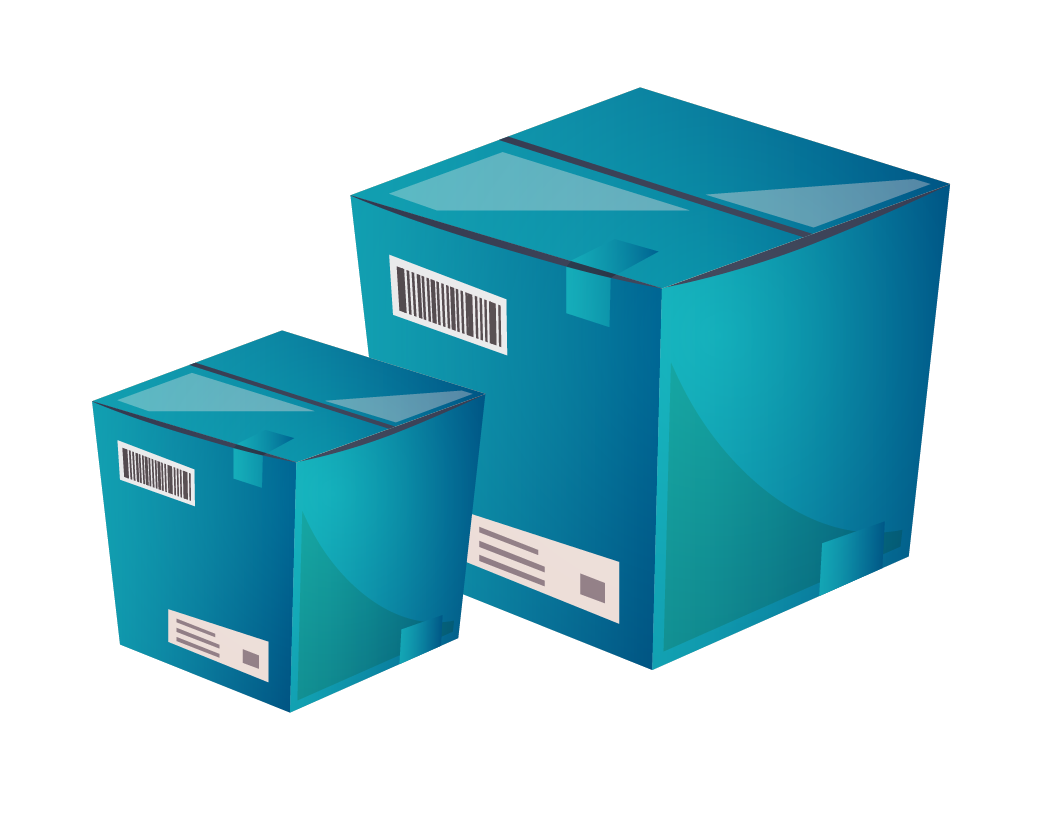
Scale
Dstny delivers carrier grade infrastructure and intuitive digital enablement – through a simple portal or using our extensive API library to integrate into your OSS/BSS.
With us, you will be in safe hands with full access to the resources you need as your service and customer base grows.
